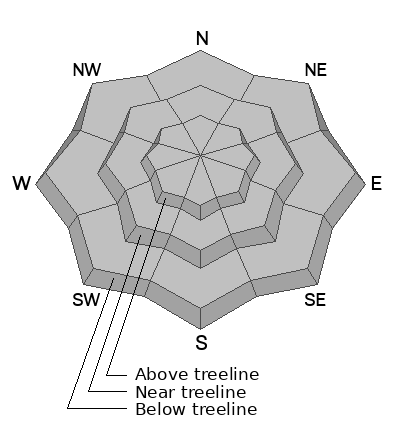Forecast for the Moab Area Mountains

Monday morning, November 17, 2025



SAVE THE DATES
Wednesday, December 3 - Don't miss our free Know Before You Go avalanche awareness talk at the Moab Arts and Recreation Center, 111 E 100 N at 6:00 p.m.
Saturday, December 6 - 18th Annual Utah Snow and Avalanche Workshop (USAW). This session will be held in-person at the Wasatch Jr High School Auditorium. 3750 S 3100 E, Salt Lake City, UT 84109. Information and tickets are available here.
Saturday, December 13 - Winter Kick Off Party Bring your skis or board to wax, listen to live music, and bring in another winter season with our local community. Tickets available online now!
It's never too early to start thinking about avalanches. Here are a few things to consider doing: